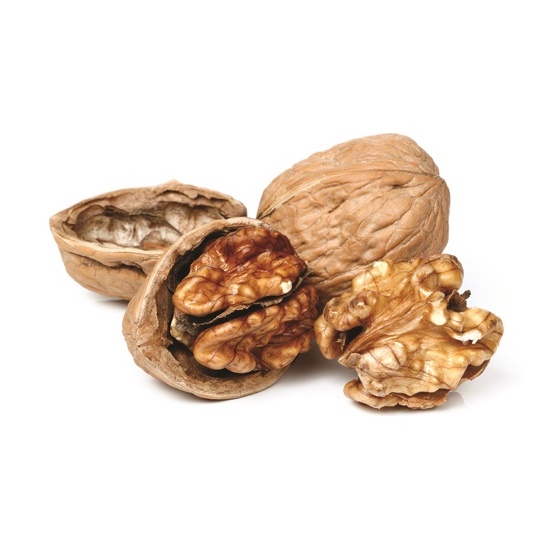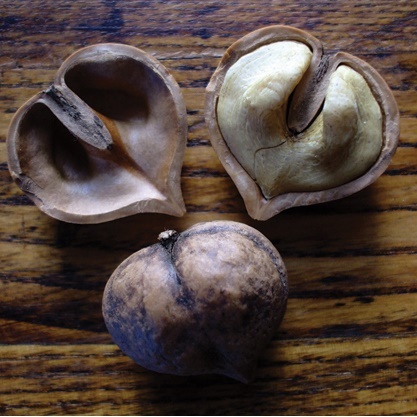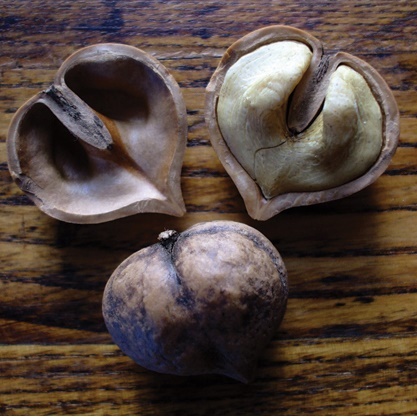Nut : ENGLISH WALNUT 60-100cm (24-36") On Own Root
$37.95
(Juglans regia carpathian)
A close relative of Black Walnut, the English Walnut is known by a number of other names including Carpathian and Persian. They do, in fact, originate in ancient Persia, but most seedlings were brought to North America by early settlers from Germany and Eastern Europe. When fully dormant, English Walnuts are just as cold hardy as Black Walnuts and have survived -40°, however they are more susceptible to fluctuating temperatures and late spring frosts. Many people do prefer the high quality English nuts with their thin shells and milder but full bodied flavour. Mature height is 15-18m (50-60').
As with Butternuts and Black Walnuts we recommend planting two seedlings for pollination, however, they are partially self-fertile. Some cross pollination may also occur amongst the various juglans species.
PLANT 2 FOR POLLINATION | ZONE 5 | HARVEST: SEPT.- OCT.
Only logged in customers who have purchased this product may leave a review.





Reviews
There are no reviews yet.